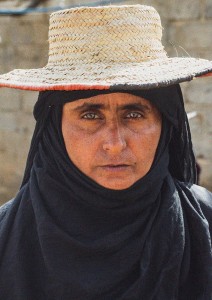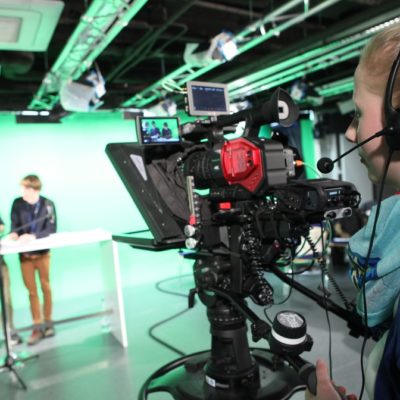Text and photos by Thana Faroq
Despite the constant bombings, fighting, hunger and other difficulties, most Yemenis remain in their homeland. Just over 170,000 of the estimated 22 million in dire humanitarian situation have fled to neighboring countries. The vast majority stays in their towns and villages, or has been forced to move to other parts of the country to avoid the bombings and destruction.
According to the UN, over 21 million people in Yemen are in need of humanitarian assistance, including 1.26 million internally displaced people. The majority of the displaced households are female, largely due the fact that many men and young boys went to war.
This has motivated me to find more about the stories of displaced women in my country. These type of stories are often are under reported and I aimed to showcase what it felt like to be a homeless in your own country.
On a trip I took to Hajjah district in northeast Yemen, I met a lot of women, who were forced to flee their homes without the chance of ever returning.
Nama was one of the women I met and her story had a profound impact on me. Right after meeting her, I wondered how so many people can sleep together. Sharing the room with her other family members as well as with her relatives, I couldn’t even count them all. There must have been nearly twenty people. Also, Nama was one of the lucky ones – many people who don’t have relatives to help them are sleeping outside, in schools or wherever they can find shelter.
Nama and her family moved from village to village for a week trying to find somewhere they could get help and stay. Along the way they would sleep anywhere they could:
“We were sheltering under plastic sheets tacked to walls, sometimes trees; we had no food, no money. It seemed this was the end for us. We later moved to Bani Qa’is, seeking relatives’ help, but what to do if they, too, are devastated by the war and can’t afford basic stuff for themselves?” she asked.
Another devastating story was Katiba’s. For her, searching a home in her own country is tough beyond any description, especially knowing about the unhealed pain caused by losing her child.
“We were affected by the shelling from artillery, I couldn’t save my son, I cried my heart out. Later we moved to Almoayna; we are staying with relatives, but they are also moving out because the area here isn’t safe either. We don’t know what to do, but for the sake of my other children, I am not giving up,” Katiba said.
One thing I have realised after this trip was that we do not get to hear about these women in the media. We only get to hear about them as only beneficiaries from the humanitarian aids provided by some international organizations that still exist in the country.
On this note, no further attention has been given to address a long-term solutions.
“Many problems exist in the country since the conflict started, economic crisis in particular poses a great threat to people who have been living under $2 a day. A lot of effort needs to be put to change the situation of IDPs in Yemen, especially women, but no real digital advocacy has been established as we also face a lot of other problems that need to be advocated,” said Ghaida’a al-Absi, leader of Empowerment of Women Activists in Media Techniques in Yemen.
“We should focus on developing youth capacity and educate them on the importance of taking actions and solutions towards the crisis facing a lot of women today, especially thе problems of women, who are forced to move out form their houses. The youth are the only hope we have got in the face of uncertainties and war,” she added











